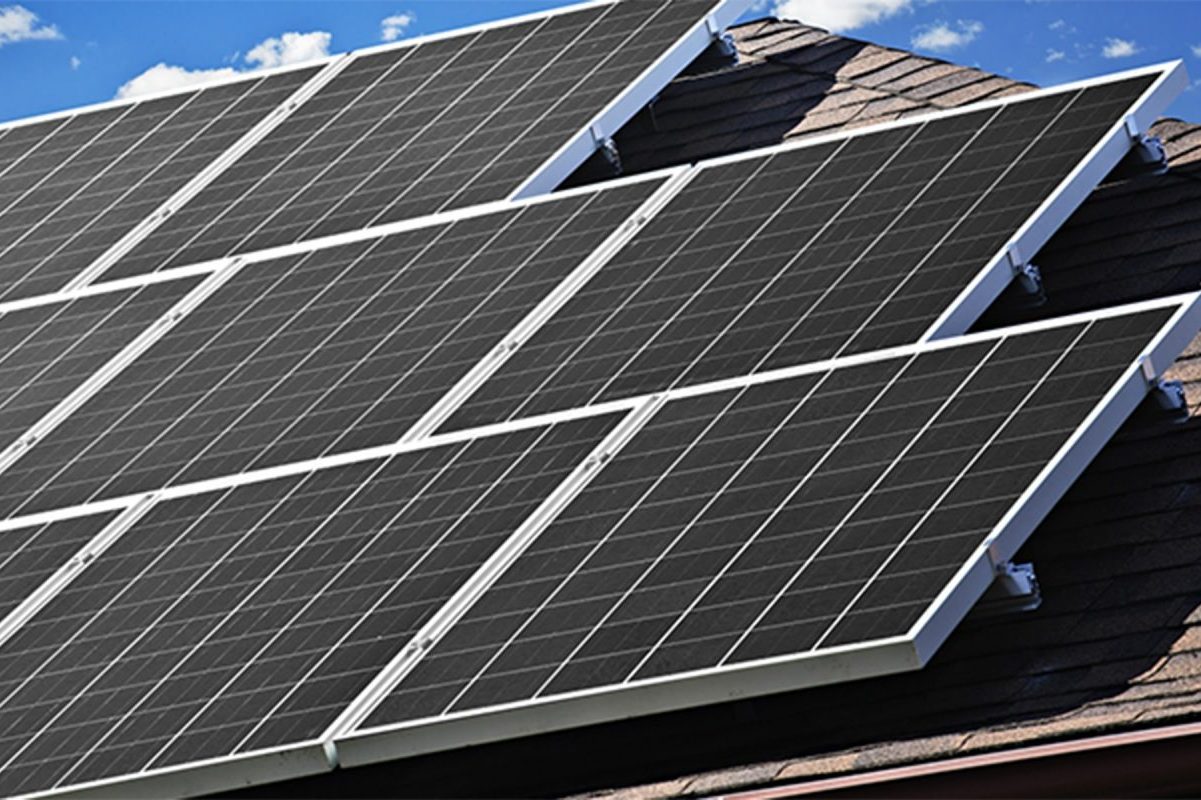Unlock thousands in savings on your solar panel installation with the federal Investment Tax Credit (ITC). This powerful incentive, also known as the solar tax credit, allows you to deduct 30% of your solar installation costs from your federal taxes. By claiming the ITC, you can significantly reduce the upfront cost of going solar and enjoy lower energy bills for decades to come. Combine the solar tax credit with other lucrative home solar incentives to maximize your savings and accelerate your return on investment. Don’t miss out on this opportunity to save big while embracing clean, renewable energy for your home.

How the Solar Investment Tax Credit (ITC) Works
The Basics of the Solar ITC
The federal solar Investment Tax Credit (ITC) allows you to deduct 30% of your solar installation costs from your federal taxes. This substantial credit is claimed when filing your annual federal tax return. For example, if your solar panel system costs $20,000, you can claim a $6,000 credit on your taxes, reducing your tax liability. If the credit exceeds your tax liability, you can roll over the remaining amount to the following year. To be eligible, you must own your solar panel system, rather than leasing it. The ITC applies to both residential and commercial solar installations, making it an attractive incentive for homeowners and businesses alike. By significantly reducing the upfront cost of going solar, the ITC has been a key driver in the growth of the solar industry and the adoption of clean energy across the United States.
Eligibility Requirements
To qualify for the solar panel tax credit, your solar PV system must be installed on a residential property that you own in the United States. This includes primary residences, vacation homes, and even rental properties where you are the landlord. The solar panels can be installed on the roof or ground-mounted on your property.
Eligible solar installations must be new and placed in service during the tax year for which you claim the credit. Used or refurbished equipment does not qualify. The solar panels must generate electricity for your home, and any excess power can be sent back to the grid through net metering.
Both purchased and leased solar panel systems are eligible for the tax credit. If you lease the system, you can claim the credit if you are the lessee and make the lease payments. It’s important to note that the tax credit is only available to the property owner, not renters or tenants.

Calculating Your Solar Tax Credit Savings
Solar Tax Credit Formula
To calculate your solar ITC amount, follow these simple steps:
1. Determine your total solar installation cost. For example, let’s say your solar panel system costs $20,000.
2. Multiply the total cost by the current ITC percentage (26% for 2022). In this case, $20,000 x 0.26 = $5,200.
3. The result is your estimated solar tax credit amount. In our example, you would be eligible for a $5,200 credit on your federal income taxes.
Keep in mind that the actual tax credit you receive may vary based on your specific tax situation and any additional state or local incentives. Consult with a tax professional to determine your exact savings.
By claiming the solar ITC, you can significantly reduce the upfront cost of your solar panel installation, making the switch to clean energy more affordable and accessible. To explore further ways to enhance your solar investment, consider the long-term investment potential offered by these energy solutions.
Factors that Impact Savings
Several factors influence the total savings you can expect from the solar panel tax credit. The size of your solar system, installation costs, and local utility rates all play a role in determining your potential savings. Larger systems generally offer greater savings, as they generate more energy and qualify for a higher tax credit amount. Installation costs vary by region and provider, so it’s essential to compare quotes and consider the long-term return on investment. Additionally, areas with higher electricity rates often see more significant savings from going solar. By taking these variables into account, you can better estimate your unique financial benefits from the solar panel tax credit.
Debunking Common Solar Tax Credit Myths
Myth 1: The Tax Credit Expires Soon
While the solar Investment Tax Credit (ITC) is set to phase out over the next few years, homeowners still have ample time to take advantage of this lucrative incentive. The current 26% tax credit will remain in effect for systems installed through the end of 2022. In 2023, the credit will step down to 22% before expiring for residential systems in 2024. However, a 10% credit will still be available for commercial and utility-scale projects. This gradual phase-out allows homeowners to plan their solar installation and maximize their savings. By acting soon, you can claim the full 26% credit and significantly reduce the cost of your solar investment. Don’t let this opportunity pass you by – the time to go solar is now.
Myth 2: Claiming the Credit is Complicated
Contrary to popular belief, claiming the solar tax credit is a straightforward process. When filing your federal income taxes, simply fill out IRS Form 5695 to calculate your eligible credit amount. Report this figure on your 1040 individual tax return, and the credit will be applied to your tax liability for that year. If the credit exceeds your tax liability, you can carry the excess forward to future tax years. Be sure to have your solar installer provide you with all necessary documentation, such as receipts and certifications, to substantiate your claim. With minimal paperwork and effort, you can easily take advantage of this valuable financial incentive and enjoy the benefits of clean, renewable energy in your home.
Myth 3: Only the Wealthy Benefit
Contrary to popular belief, the solar Investment Tax Credit isn’t just for the wealthy. This federal incentive makes solar energy more accessible to homeowners across all income levels. By reducing the upfront cost of installation by 26%, the ITC helps make the switch to solar a reality for many families who might otherwise find it unaffordable. Whether you’re a middle-class household looking to lower your energy bills or a retiree on a fixed income seeking long-term savings, the solar tax credit can put the benefits of clean energy within reach. With financing options like solar loans and leases, homeowners can take advantage of the ITC and start saving money on their electricity costs from day one, regardless of their financial situation. Consider reading more on different solar financing options available to maximize your investment.
Act Now to Maximize Your Solar Savings
Why Go Solar Sooner than Later
Going solar sooner rather than later offers both financial and environmental advantages. By installing solar panels now, you can maximize your savings through the time-sensitive Investment Tax Credit (ITC). The sooner you go solar, the more you’ll save on your energy bills and the greater your return on investment will be. Moreover, by reducing your reliance on fossil fuels, you’ll be making a positive impact on the environment, contributing to a cleaner, more sustainable future for generations to come. With the ITC set to decrease in the coming years, there’s no better time than the present to embrace solar energy and reap the benefits.
Going solar has never been more affordable and rewarding, thanks to the solar panel tax credit. By exploring your solar options and claiming your tax credit savings, you can significantly reduce your energy bills while contributing to a greener future. Don’t miss out on this incredible opportunity to save money and make a positive impact on the environment. Start your solar journey today and discover the many benefits of harnessing the power of the sun!









